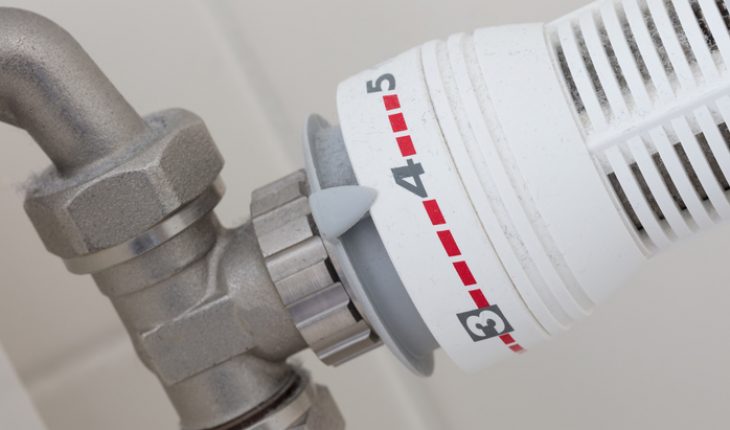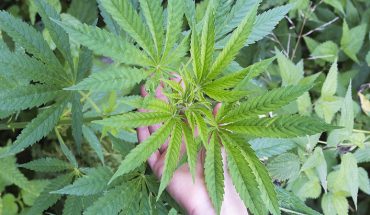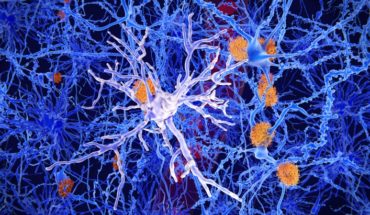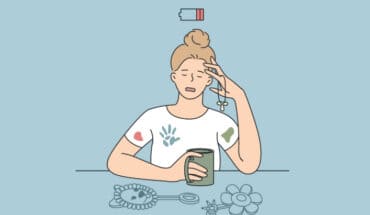Hot flushes during the menopause may be a minor inconvenience for many women, but a significant proportion of women, typically around 45 to 55 years of age, suffer from more severe episodes that can have a major impact on their quality of life. Hot flushes can lead to clothes and bed sheets drenched with sweat as well as lack of sleep and daytime tiredness.
Up until now, the main therapy has been HRT, but this is not suitable for everyone. A lot of women are choosing not to take HRT because it is oestrogen-based and may increase the relative risk of breast cancer and can increase the risk of blood clots. This means that many women cannot take HRT to relieve their menopausal symptoms.
Our study, which has just been published in The Lancet, looked at the effectiveness of a new drug MLE4901. What we found was way beyond our expectations.
Our study, which has just been published in The Lancet, looked at the effectiveness of a new drug MLE4901. What we found was way beyond our expectations.
In a trial of 28 women who suffered severe hot flushing, we found that MLE4901 reduced the number of hot flushes by nearly three quarters – far more than we expected. If a woman is having more than seven flushes a day and the drug is getting rid of three-quarters of them, that’s pretty life-changing.
MLE4901 works by suppressing the action of a drug neurokinin B (NKB). It does this by blocking the receptors in the brain called NK3 receptors. Previous studies in animals have shown that increased levels of this chemical caused a flushing response in the tails of rats similar to a menopausal flush.
In human studies, analysis of brain tissue from post-menopausal women revealed elevated levels of NKB in their brains. We have also previously found that giving NKB to younger women in a temperature-controlled room caused flushing.Bringing together all of these strands led to the conclusion that blocking the action of the chemical could potentially have the opposite effect and be a new effective treatment for menopausal flushing.
In order to test the idea, we recruited female menopausal volunteers, aged between 40 and 62, with frequent flushing in a randomised, double-blind, placebo-controlled trial. They all experienced seven or more hot flushes a day and had not had a period in at least 12 months.
Participants were randomly chosen to either first receive a 80 mg daily dose of the drug or a placebo over the course of a four week period, before switching to receive the other tablet for an additional four weeks. This ensured the women acted as their own controls during the study, and the effects of the drug were clear.
What we found was that MLE4901, which was originally developed by AstraZeneca and licensed to Millendo Therepeutics, significantly reduced the average total number of flushes during the four-week treatment period, as well as their severity, compared to when the patients received the placebo for four weeks. It also helped to reduce the impact of flushes on the women’s lives, improving sleep.
For day to day living and work, that’s a significant impact on quality of life. If we can reduce flushing by 73 per cent, it’s a game-changer for those patients.
For day to day living and work, that’s a significant impact on quality of life. If we can reduce flushing by 73 per cent, it’s a game-changer for those patients.
This was a proof of concept study and the plan now is to find out if the NK3R blocker, MLE4901, can be as safe and effective over a long term period in a larger group of patients.
The research was funded by the Medical Research Council and the National Institute for Health Research (NIHR).
- Game-changing drug for hot flushes - 9th April 2017






